Rare access captures dances and feasts of Amazonian chief’s funeral ritual
When a big chief dies on the Xingu indigenous reservation in Brazil, its tribes gather for a unique funeral ritual called the Kuarup. Wearing body paint and bird feathers, they join in ceremonial dances, combat and feasts to celebrate life, death and rebirth
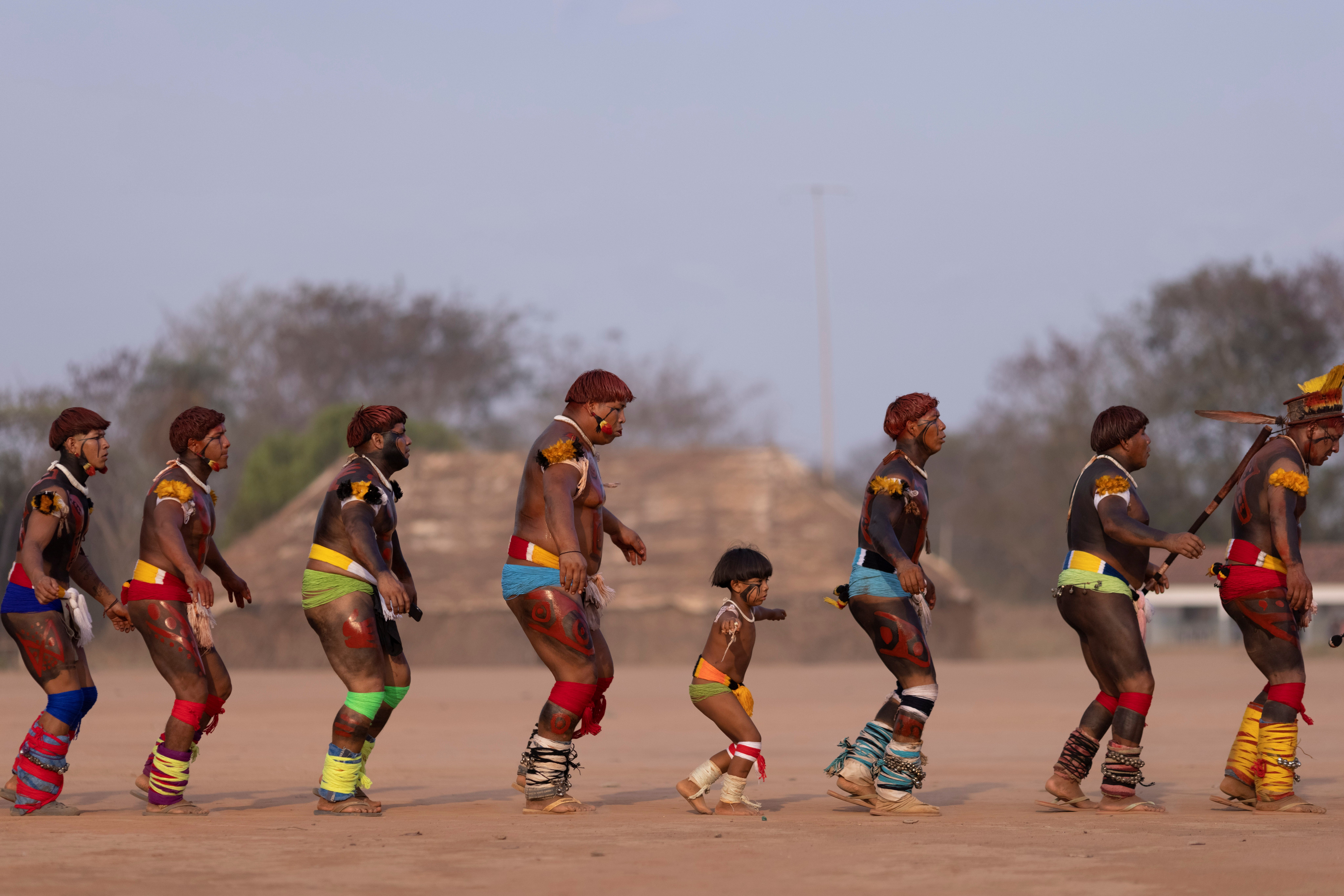
Your support helps us to tell the story
From reproductive rights to climate change to Big Tech, The Independent is on the ground when the story is developing. Whether it's investigating the financials of Elon Musk's pro-Trump PAC or producing our latest documentary, 'The A Word', which shines a light on the American women fighting for reproductive rights, we know how important it is to parse out the facts from the messaging.
At such a critical moment in US history, we need reporters on the ground. Your donation allows us to keep sending journalists to speak to both sides of the story.
The Independent is trusted by Americans across the entire political spectrum. And unlike many other quality news outlets, we choose not to lock Americans out of our reporting and analysis with paywalls. We believe quality journalism should be available to everyone, paid for by those who can afford it.
Your support makes all the difference.The loss of Chief Aritana of the Yawalapiti people to Covid-19 in August has shaken the Xingu, leaving its tribes without a strong leader and able negotiator to unite them against mounting pressures on Brazil’s agricultural frontier, which has advanced across the Cerrado savanna and into the Amazon rainforest.
Besieged by illegal loggers, cattle ranchers, soy farmers and even gold miners, the Xingu communities face growing degradation of their natural habitat and the challenge of preserving its rich biodiversity for future generations, says Aritana’s son and likely successor, Tapi Yawalapiti.
“We are not united today. The Xingu no longer has someone who can organise all the chiefs,” Tapi says, sitting on a tree bough on the banks of a tributary to the Xingu River, which he fears is drying up because of agricultural use.
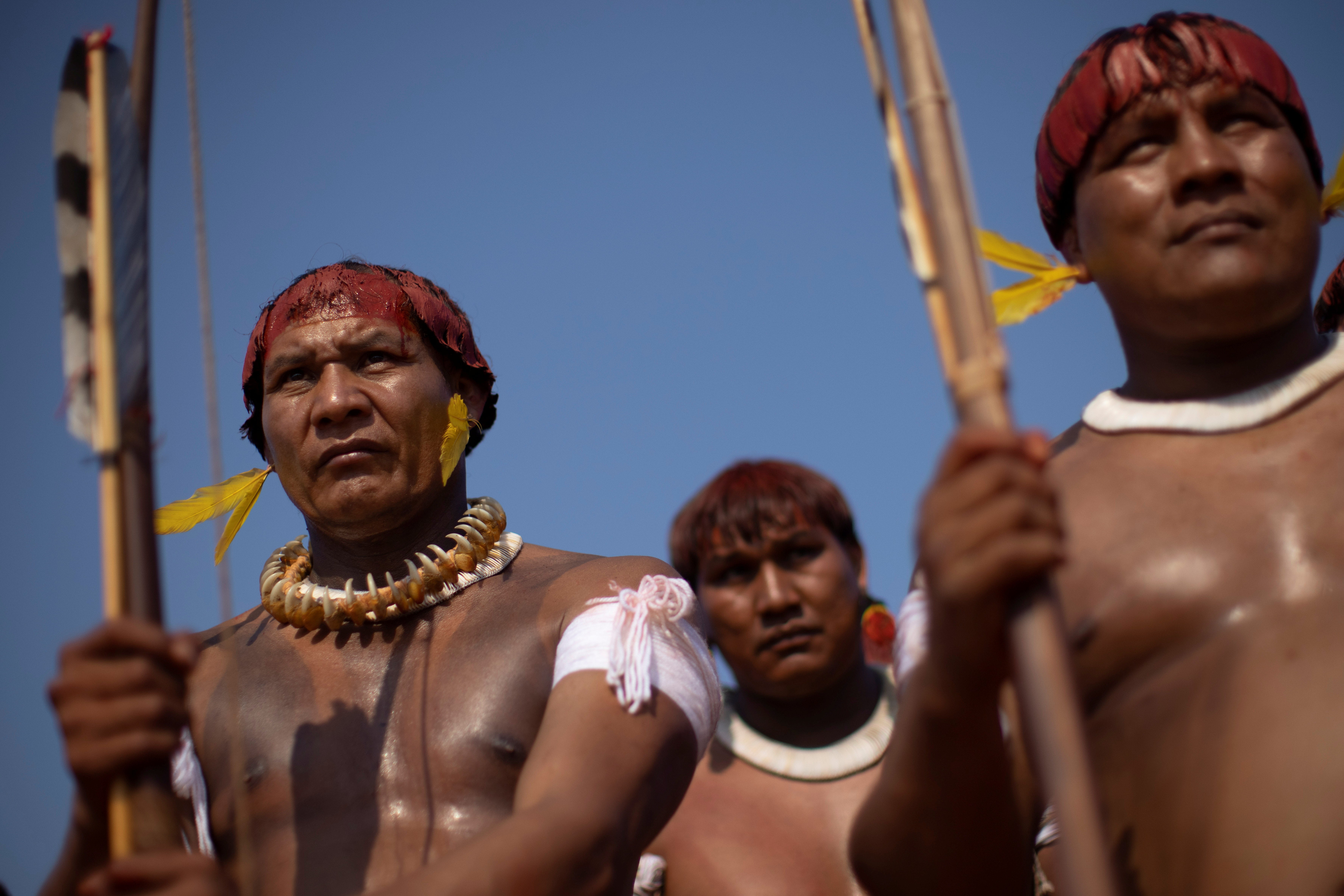
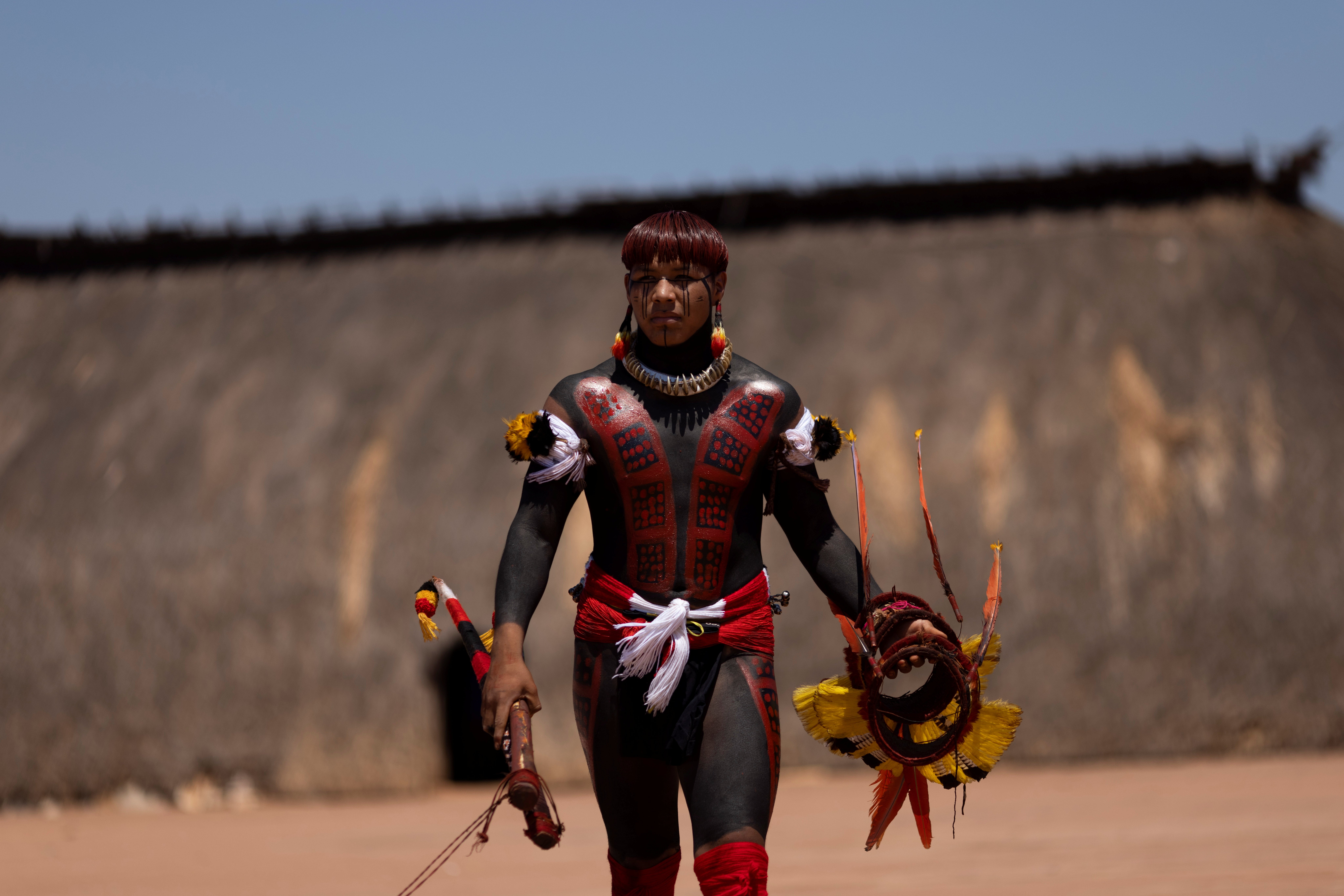
“Our main challenge is to come together again to save our lands,” he says.
A Reuters photographer was the only journalist invited to the funeral celebrations last month, which lasted several days and gathered upwards of a thousand members of neighbouring tribes.
The next generation of leaders in the Xingu is seeking unity at a critical time, as far-right President Jair Bolsonaro is undermining indigenous rights by encouraging commercial farming and mining on protected lands with the support of powerful political lobbies in Brasilia.
Some in the Xingu have been tempted to sell wood or rent farmland to outsiders, although they are still a minority on the reservation covering more land than Israel.
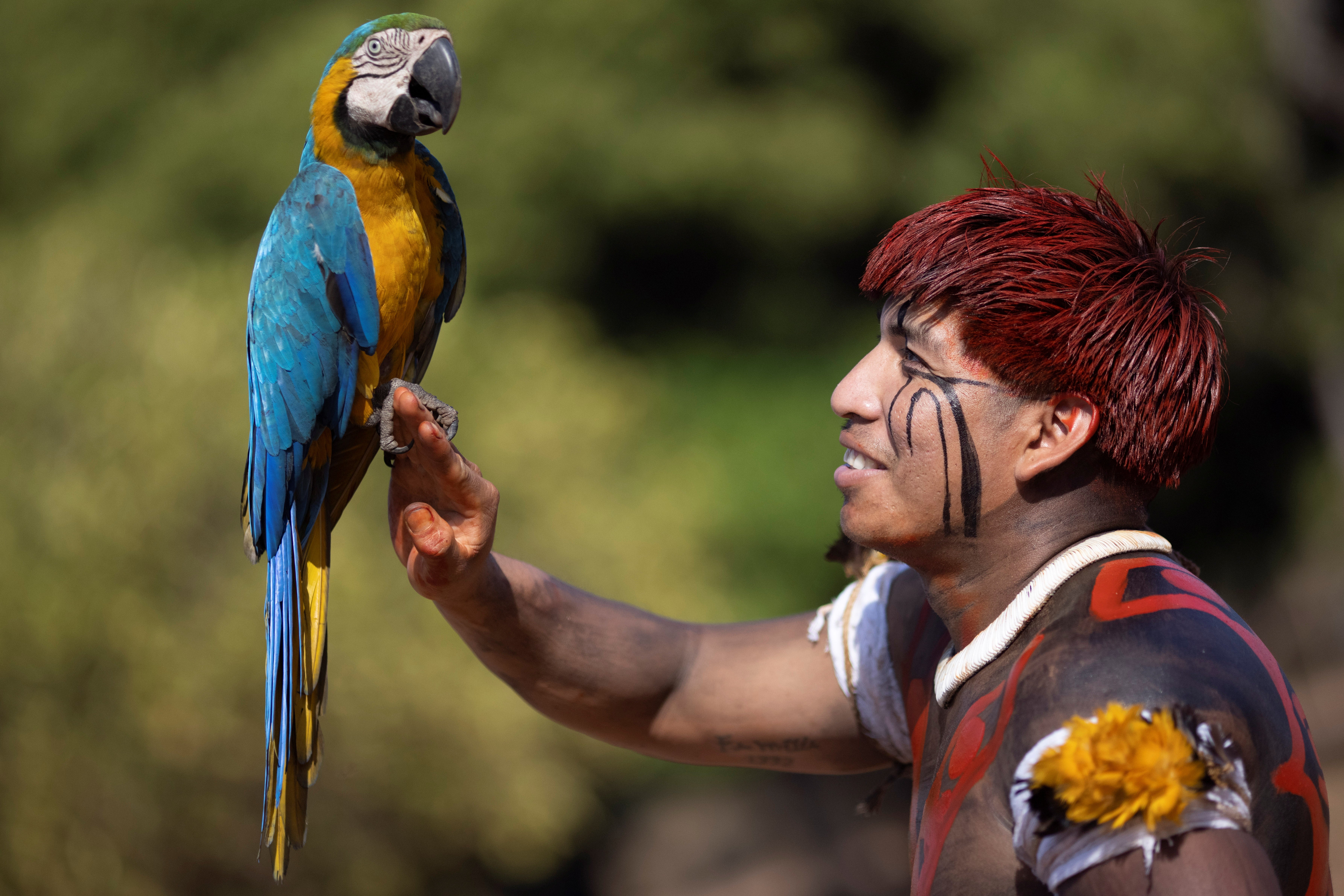
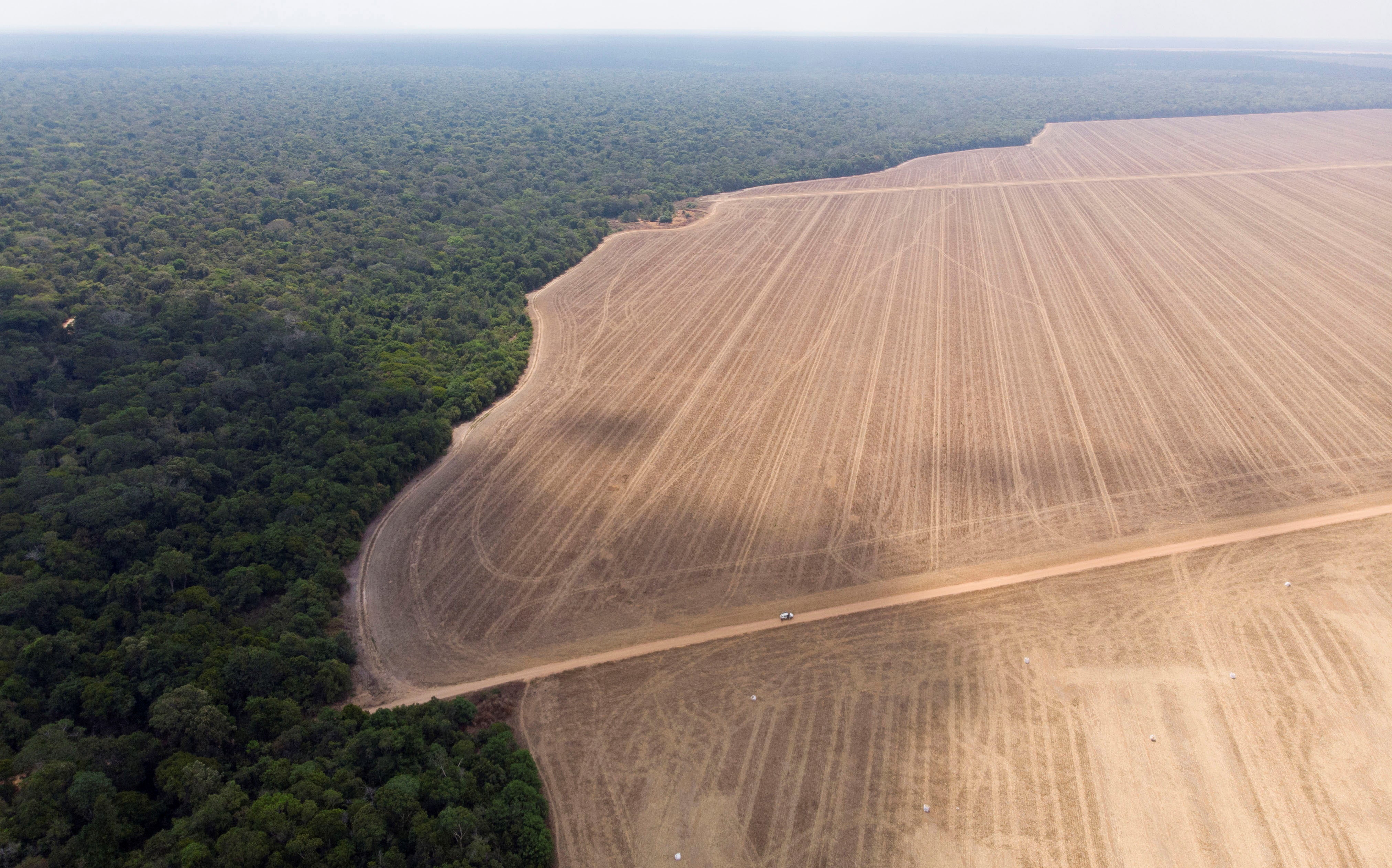
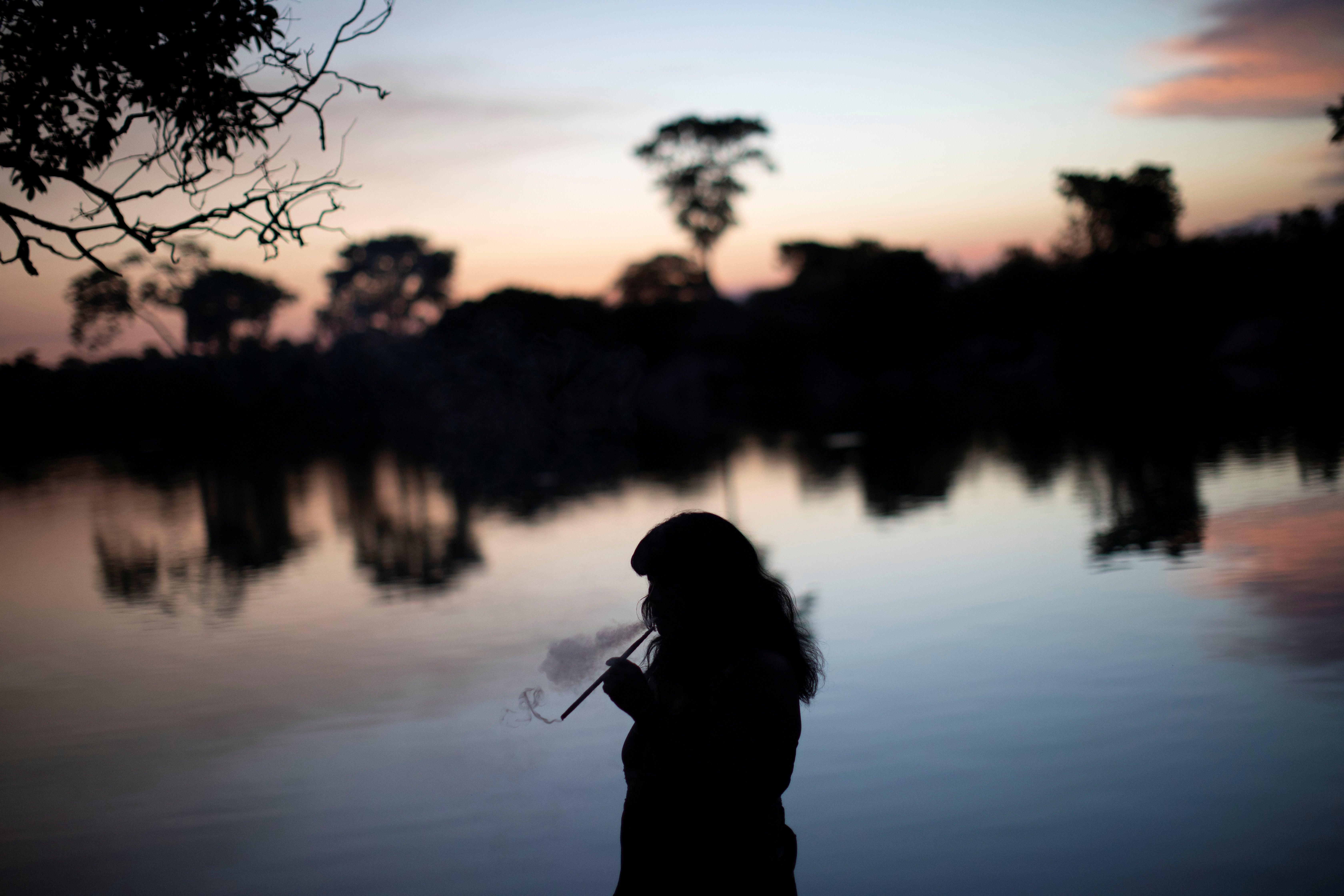
Climate change is also drying out the forest and increasing the risk of fires, Tapi says, appealing for outside help.
“We need to save the environment to keep our way of life and our culture, and for all mankind.”
From above, there is a striking contrast between the green Xingu forests and the brown cultivated fields that today push up against the borders of the reservation in western Brazil.
Crop dusters spraying pesticides are polluting the headwaters of the Xingu and nearby rivers, whose levels drop further every year as soy farmers tap more water for irrigation, says the anthropologist Claudia Franco.
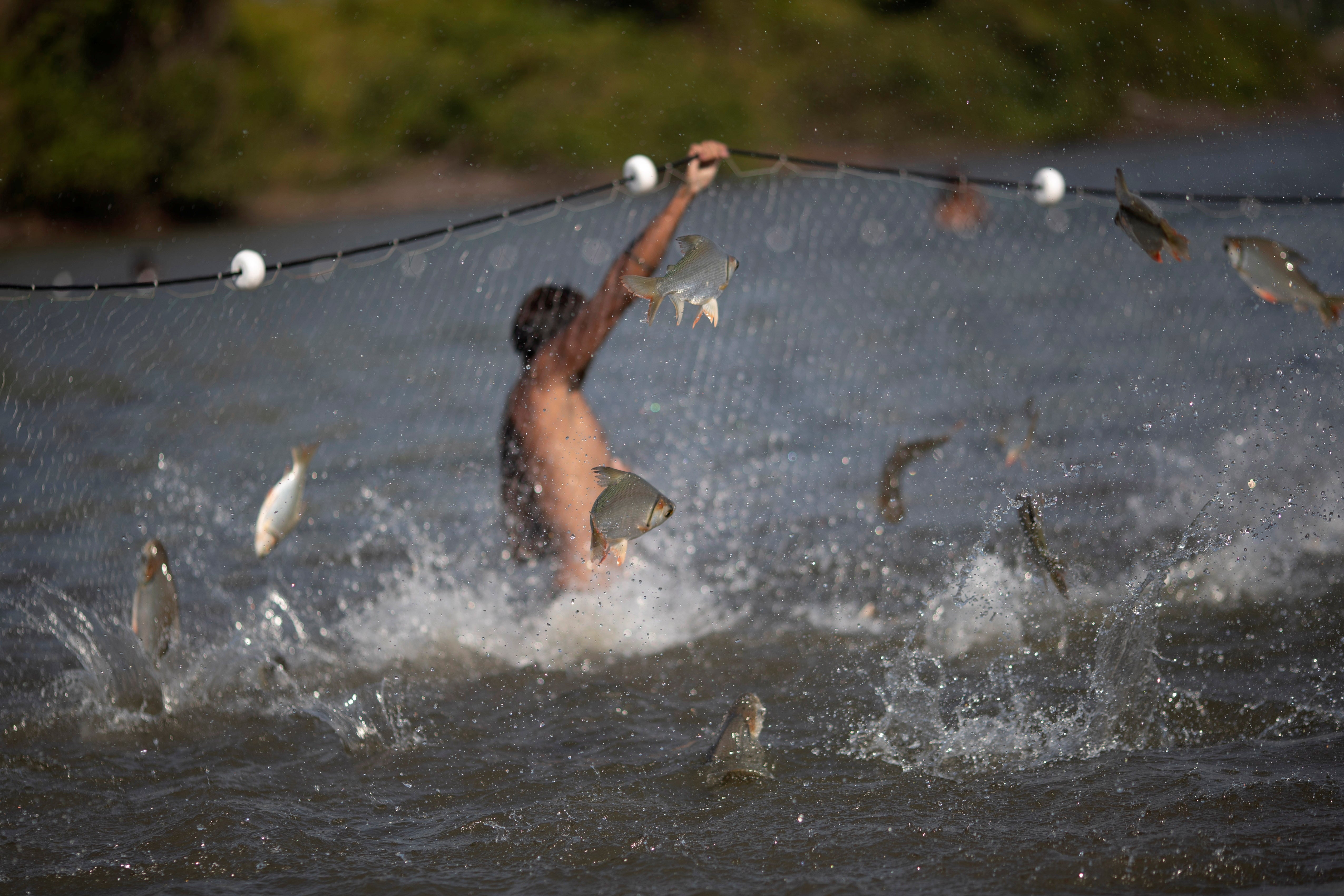
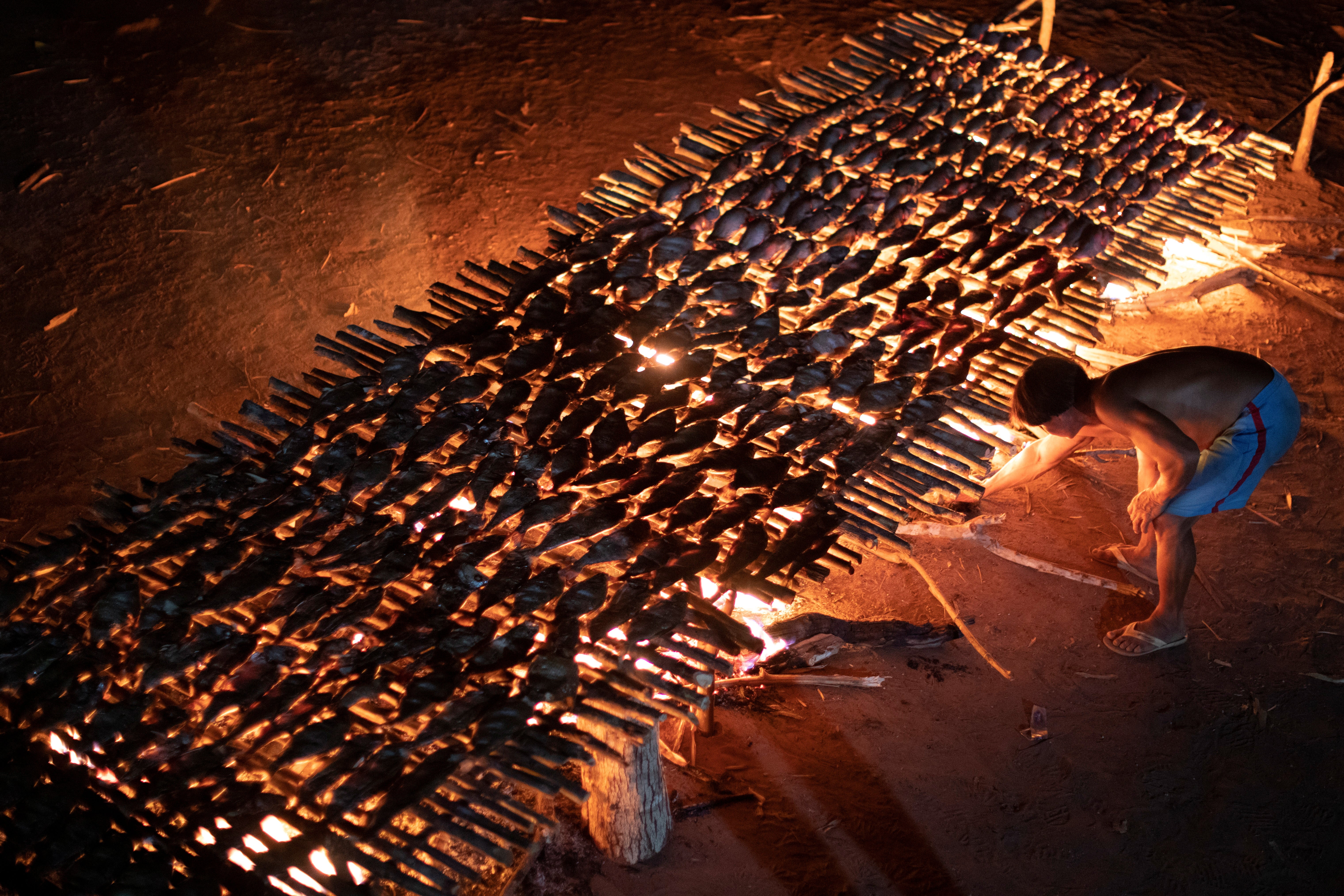
Fish, the tribes’ main source of protein, is so vital to the existence of the people of the Xingu that shamans blow smoke from herbs in a religious rite to protect the fishermen from alligators before they cast their nets across the river.
The villagers then feast on the fish cooked on a large open fire and served on pancakes called beiju made by the women from cassava.
The men complain that the fish are less abundant each year, as the river runs lower as the agricultural frontier approaches.
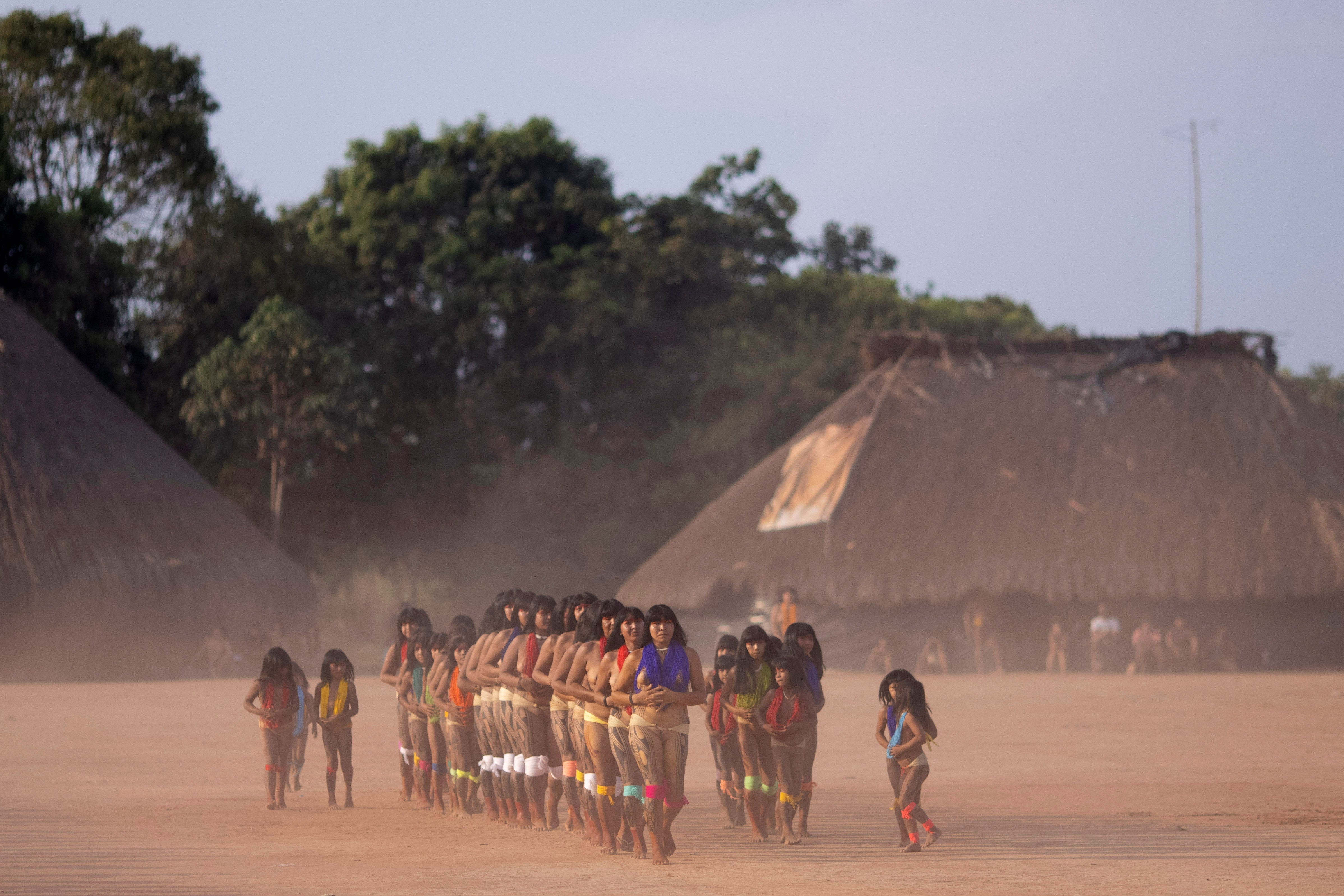
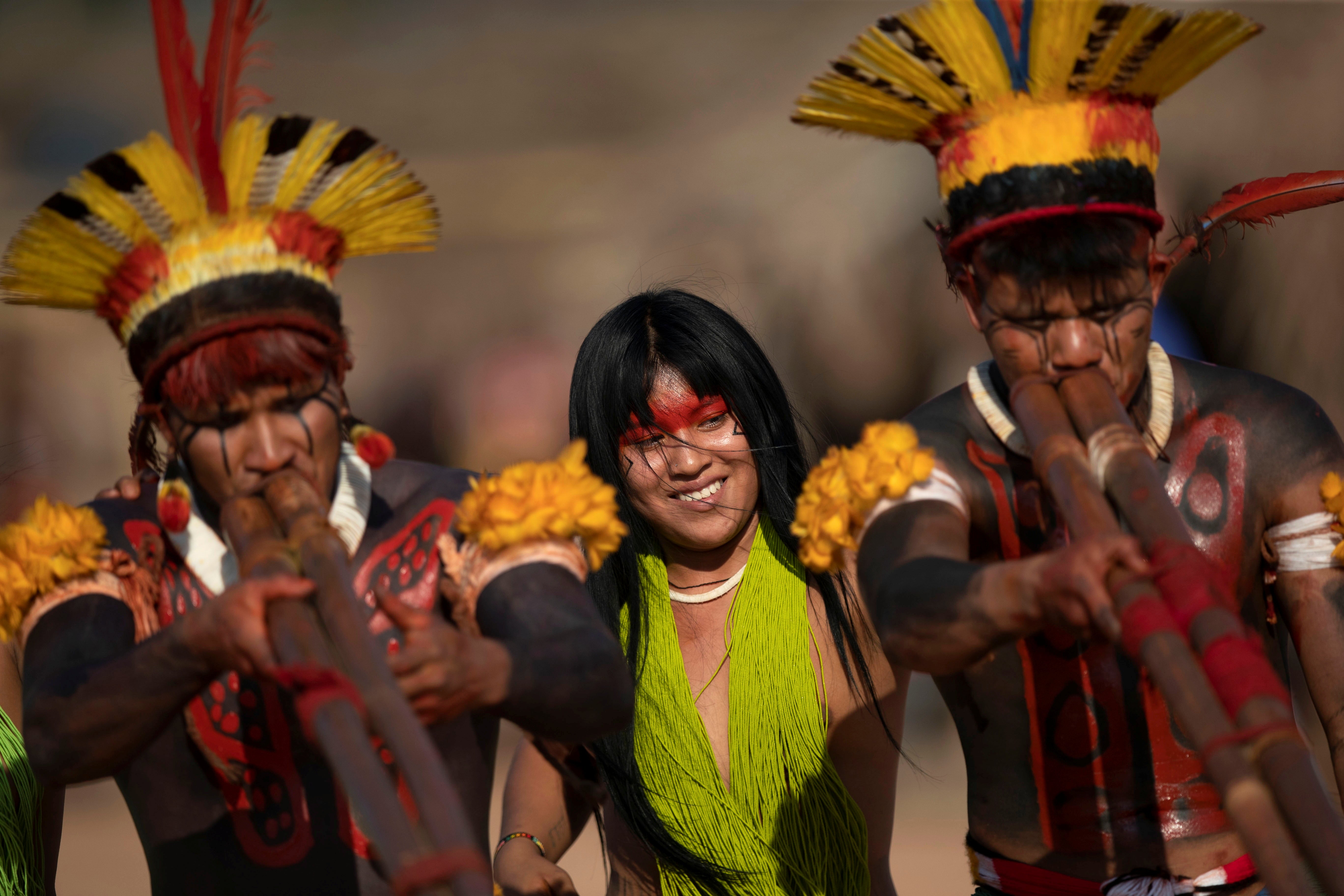
The reservation was created in the upper reaches of the Xingu River in 1961 after a campaign by Orlando and Claudio Villas-Boas. The brothers protected the tribes from advancing settlers by getting legal protection for the first massive indigenous area in South America.
Since then, the ranks of the Yawalapiti have grown from 40 survivors of a measles epidemic in the 1950s to some 300 people today living in large thatched communal houses.
Aritana was chosen to be the overall chief of the Xingu tribes by Orlando Villas-Boas because of his wisdom, leadership and diplomatic skills, his son Tapi said.

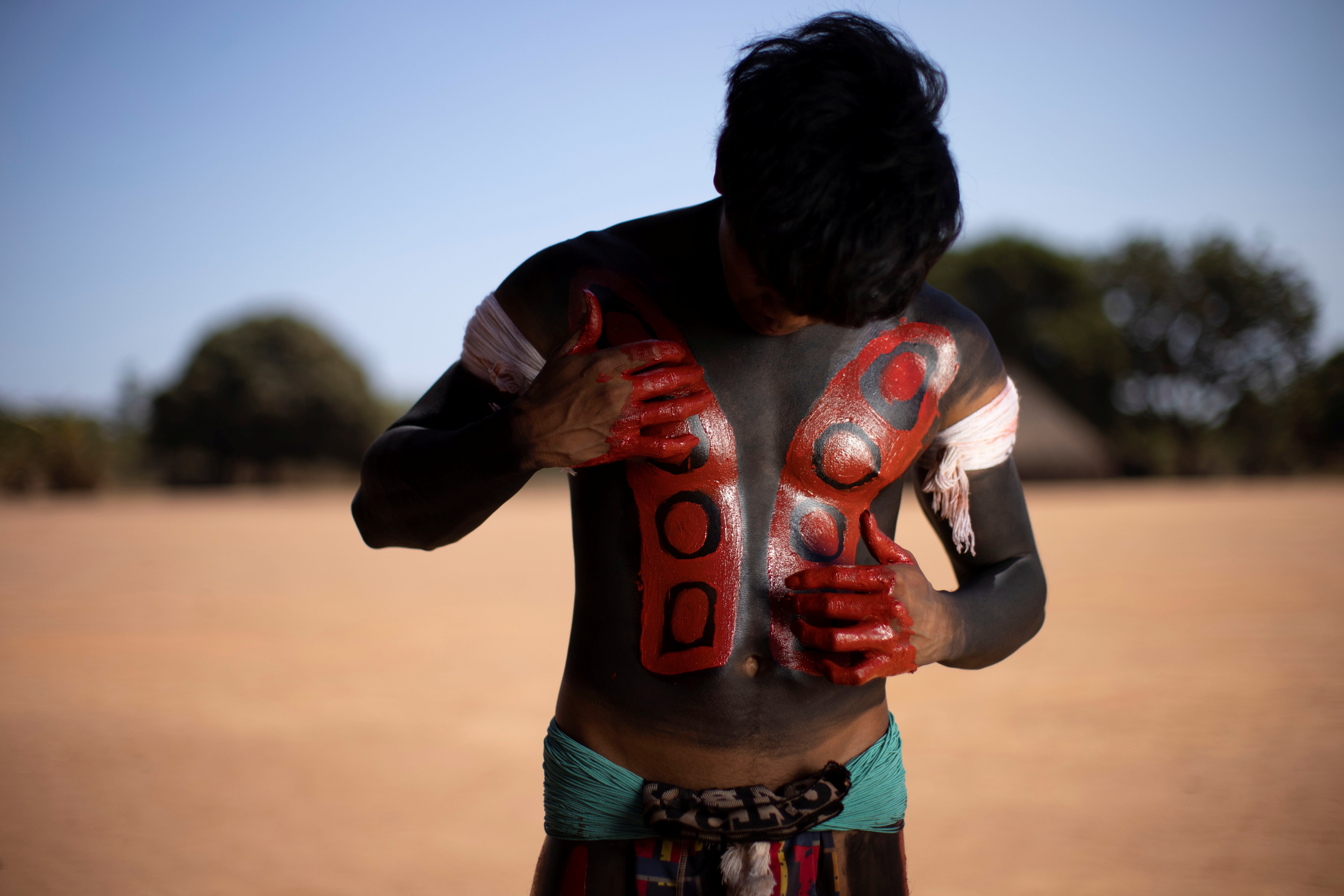
The fallen chief was one of 12 people in the community killed by Covid-19, most of them elders who took with them knowledge of the Yawalapiti’s past, including the stories and songs that have kept their culture alive.
All adults in the community have now been vaccinated against the coronavirus.
Women cried for days while mourning the death of Aritana and three other tribal elders. Men paraded across the earthen plaza of the village blowing long bamboo trumpets.
The spirits of the dead were honoured with four painted tree trunks placed at the centre of the circular village.
The men painted their bodies with black paint from the fruit of the jenipapo tree and a bright red dye made with urucum seed that is boiled to form a ball of paste.
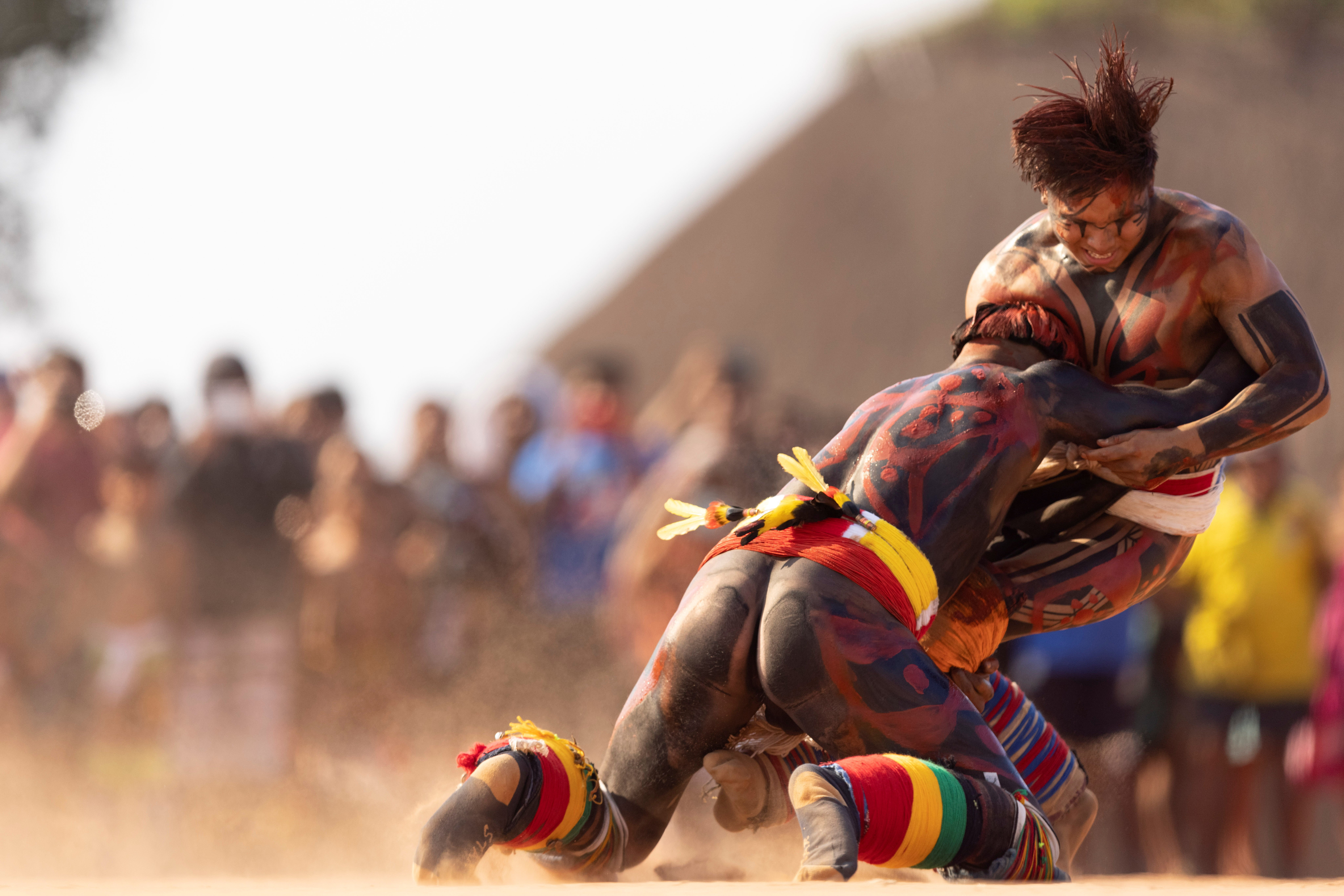
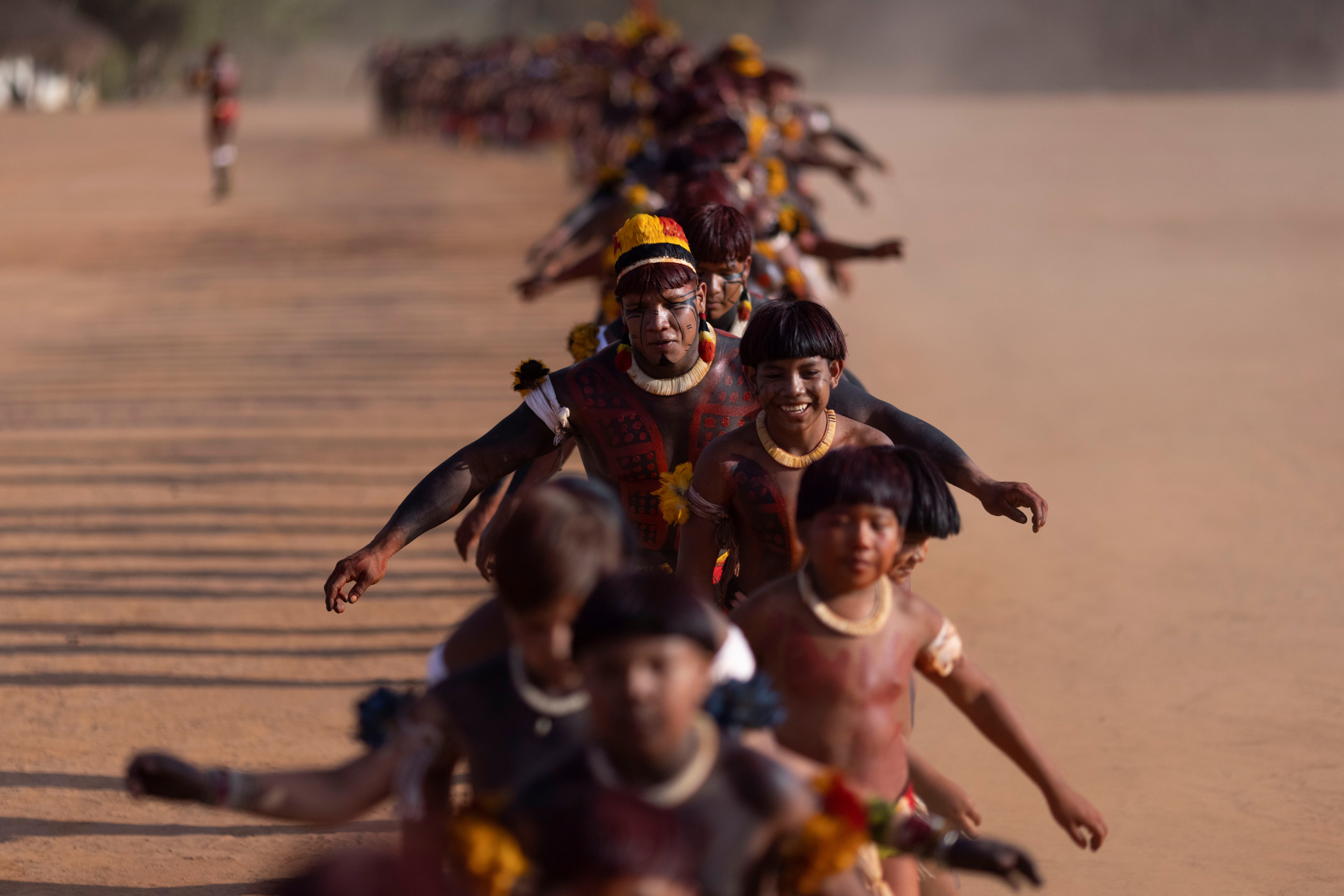
Contemporary sensibility mingled with tradition. One boy’s face paint recalled Batman’s nemesis the Joker and a political message was written across his chest: “Out with Bolsonaro.”
The Kuarup ritual builds to a climax with a martial arts competition between colourful warriors from nine tribes, who first stomp around the central area of the village in a war-like dance before wrestling begins.
“After hours of weeping and lamentation, before daybreak, the souls of the dead depart the tree trunks to join their ancestors in the underworld,” said Franco.
Reuters
Join our commenting forum
Join thought-provoking conversations, follow other Independent readers and see their replies
Comments